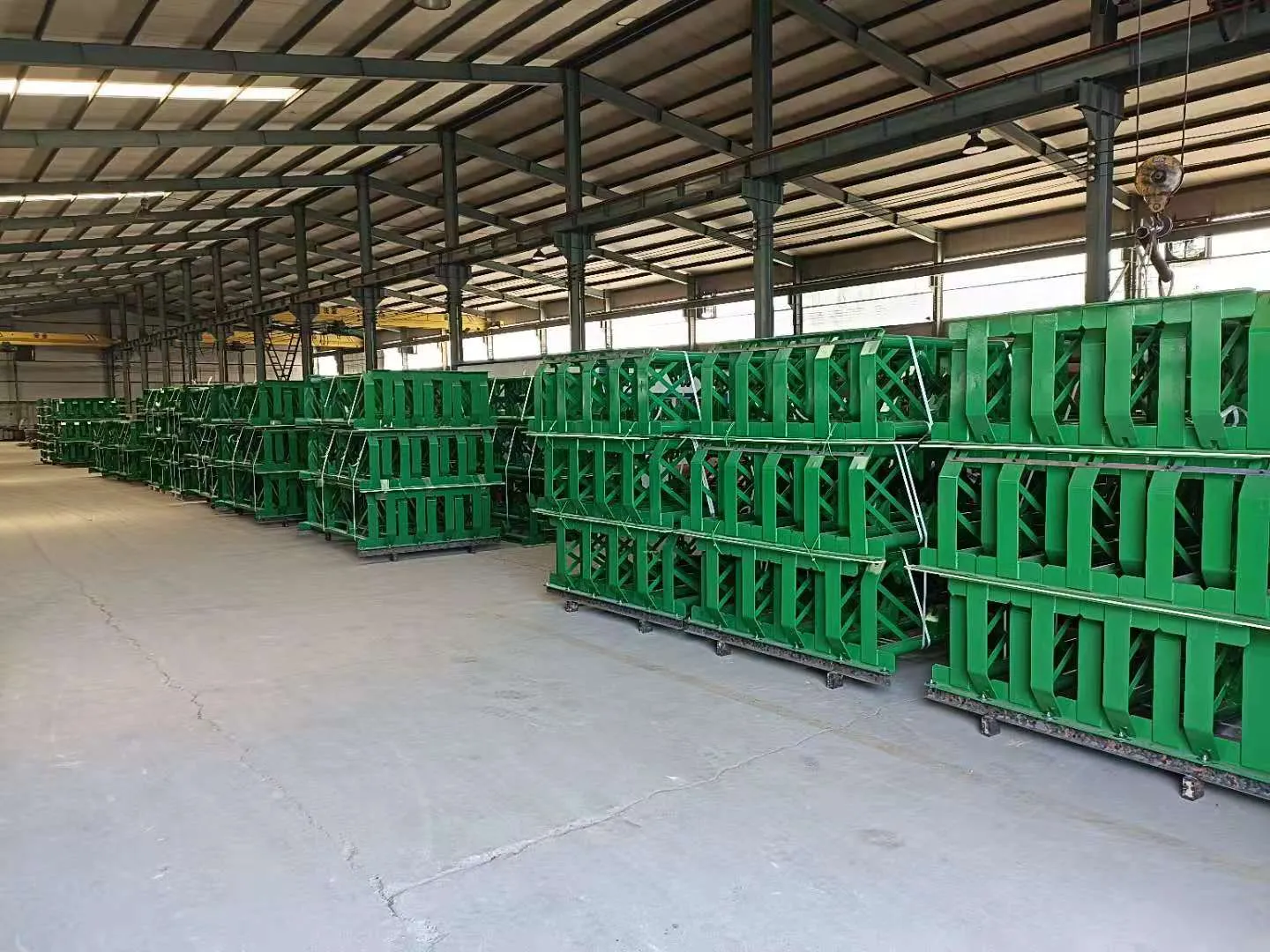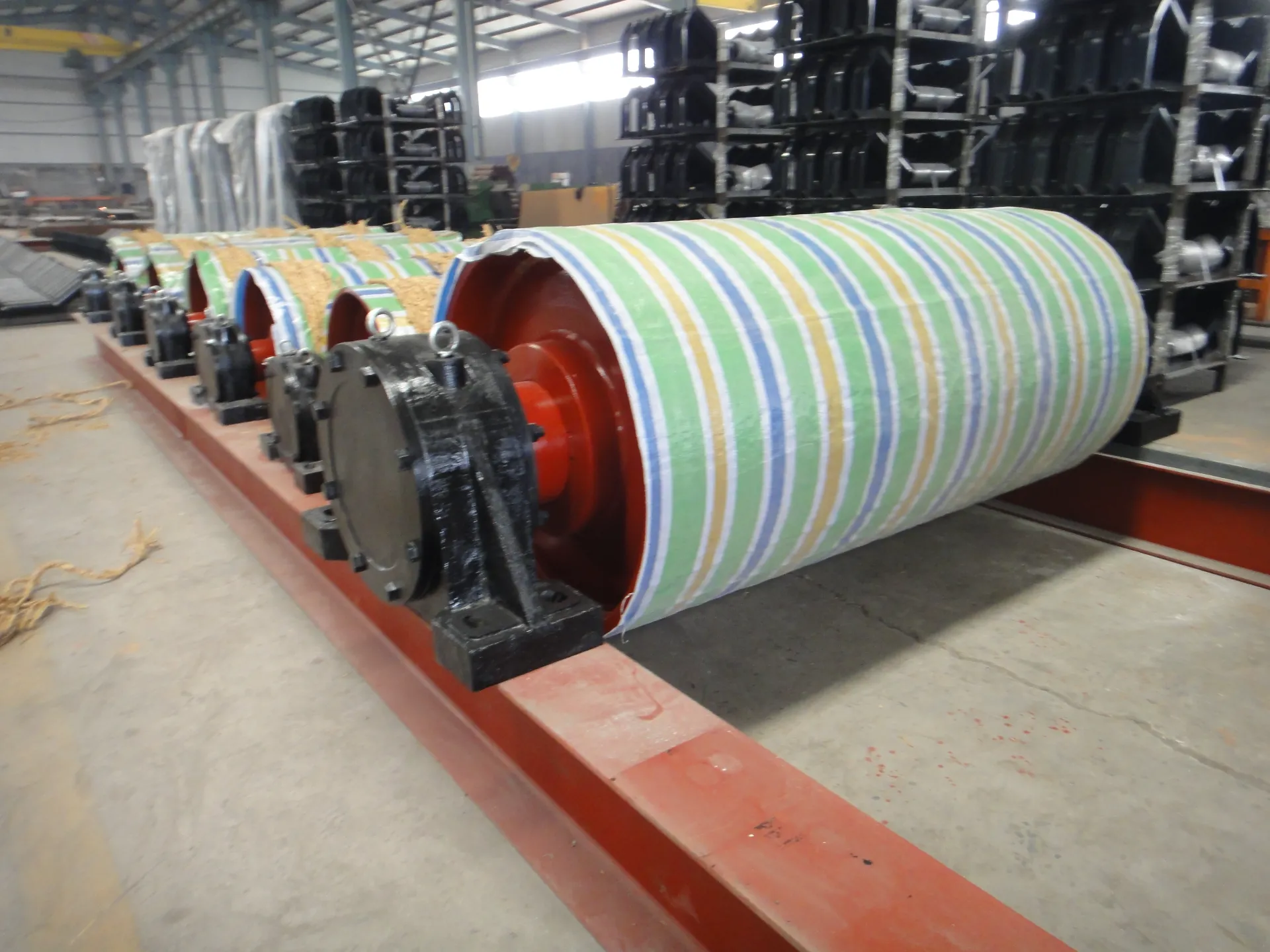 Afrikaans
Afrikaans  Albanian
Albanian  Amharic
Amharic  Arabic
Arabic  Armenian
Armenian  Azerbaijani
Azerbaijani  Basque
Basque  Belarusian
Belarusian  Bengali
Bengali  Bosnian
Bosnian  Bulgarian
Bulgarian  Catalan
Catalan  Cebuano
Cebuano  Corsican
Corsican  Croatian
Croatian  Czech
Czech  Danish
Danish  Dutch
Dutch  English
English  Esperanto
Esperanto  Estonian
Estonian  Finnish
Finnish  French
French  Frisian
Frisian  Galician
Galician  Georgian
Georgian  German
German  Greek
Greek  Gujarati
Gujarati  Haitian Creole
Haitian Creole  hausa
hausa  hawaiian
hawaiian  Hebrew
Hebrew  Hindi
Hindi  Miao
Miao  Hungarian
Hungarian  Icelandic
Icelandic  igbo
igbo  Indonesian
Indonesian  irish
irish  Italian
Italian  Japanese
Japanese  Javanese
Javanese  Kannada
Kannada  kazakh
kazakh  Khmer
Khmer  Rwandese
Rwandese  Korean
Korean  Kurdish
Kurdish  Kyrgyz
Kyrgyz  Lao
Lao  Latin
Latin  Latvian
Latvian  Lithuanian
Lithuanian  Luxembourgish
Luxembourgish  Macedonian
Macedonian  Malgashi
Malgashi  Malay
Malay  Malayalam
Malayalam  Maltese
Maltese  Maori
Maori  Marathi
Marathi  Mongolian
Mongolian  Myanmar
Myanmar  Nepali
Nepali  Norwegian
Norwegian  Norwegian
Norwegian  Occitan
Occitan  Pashto
Pashto  Persian
Persian  Polish
Polish  Portuguese
Portuguese  Punjabi
Punjabi  Romanian
Romanian  Russian
Russian  Samoan
Samoan  Scottish Gaelic
Scottish Gaelic  Serbian
Serbian  Sesotho
Sesotho  Shona
Shona  Sindhi
Sindhi  Sinhala
Sinhala  Slovak
Slovak  Slovenian
Slovenian  Somali
Somali  Spanish
Spanish  Sundanese
Sundanese  Swahili
Swahili  Swedish
Swedish  Tagalog
Tagalog  Tajik
Tajik  Tamil
Tamil  Tatar
Tatar  Telugu
Telugu  Thai
Thai  Turkish
Turkish  Turkmen
Turkmen  Ukrainian
Ukrainian  Urdu
Urdu  Uighur
Uighur  Uzbek
Uzbek  Vietnamese
Vietnamese  Welsh
Welsh  Bantu
Bantu  Yiddish
Yiddish  Yoruba
Yoruba  Zulu
Zulu Self Aligning Return Idler Reduces Belt Wear for Optimal Conveyor Efficiency
Here's what you'll discover in this comprehensive guide:
- The fundamental operational principles behind modern idler systems
- Quantifiable impact on conveyor performance metrics and maintenance costs
- Key technological advancements differentiating premium idler solutions
- Comparative analysis of leading industrial manufacturers (data-driven)
- Custom engineering approaches for specialized operational environments
- Real-world implementation case studies across major industries
- Future developments in precision material handling components

(self aligning return idler)
The Critical Role of Self Aligning Return Idlers in Modern Conveyance
Material handling operations consistently face belt tracking challenges that cause premature wear, material spillage, and unscheduled downtime. Conventional fixed-idler systems require constant manual adjustments, consuming approximately 18% of maintenance man-hours in typical mining operations. Self-aligning return idlers fundamentally transform this paradigm through automatic realignment technology. Unlike standard return rollers that permit lateral belt movement, these specialized components actively correct belt trajectory using precision-engineered pivoting mechanisms. This continuous correction capability extends belt service life by 35-40% while reducing spillage by over 90% according to bulk handling research from the University of Queensland.
Advanced designs incorporate impact-resistant carbon composite frames that withstand 28% greater loads than traditional steel counterparts. Leading European manufacturers now integrate IoT-ready sensors directly into idler end caps, enabling predictive maintenance through vibration analysis and thermal monitoring. Field testing across German cement plants demonstrated a 67% reduction in emergency maintenance interventions after implementing instrumented self aligning idler systems. The operational intelligence gathered from these smart components allows operations managers to optimize conveyor performance at unprecedented levels while simultaneously reducing unplanned downtime by 43% annually.
Operational Impact Metrics Across Industries
Implementation of self-correcting idlers generates quantifiable improvements across multiple operational parameters. Power consumption decreases by 12-15% due to reduced friction from improper belt tracking, translating to approximately 2.4 million kWh saved annually in a mid-sized quarry operation. A comprehensive analysis of 47 North American aggregate producers revealed consistent patterns:
- Belt replacement frequency decreased from 18 to 29 months (avg. 22-month extension)
- Component service life increased 67% compared to standard rollers
- Conveyor stoppages reduced by 54% in high-throughput operations
In steel production facilities, specialized heat-resistant self aligning carrying idlers maintain alignment integrity in 750°C environments where traditional idlers deform. This extended thermal tolerance permits direct installation after sintering furnaces without cooling tunnels, eliminating a $850,000 capital expense per production line. The latest ceramic-coated bearings within these high-temperature idlers maintain lubrication integrity eight times longer than standard industrial bearings.
Technological Advancements in Modern Idler Systems
Contemporary self-correcting idlers incorporate three revolutionary design elements that significantly outperform previous generations. Multi-axis pivot mechanisms containing industrial-grade helical torsion springs enable up to 8° of dynamic correction - 300% greater than first-generation designs. Dual-sealed labyrinth bearing chambers protect rotating elements from contamination 40% more effectively than conventional single-seal arrangements. This advancement proves particularly valuable in wood processing facilities where sawdust infiltration historically caused 72% of premature bearing failures.
Manufacturers now utilize finite element analysis to optimize frame geometries, achieving 19% greater load distribution efficiency without increasing component weight. Polymer-impregnated composite rollers deliver superior resistance to material buildup compared to standard steel drums, reducing cleaning maintenance by up to 85%. The most technologically advanced self aligning return idler
s feature integrated load sensors that transmit real-time tension data to plant control systems, enabling operators to precisely calibrate belt tracking based on actual load conditions rather than theoretical calculations.
Industry Manufacturer Capability Comparison
| Specification | EuroBulk Series 7 | Nordic Idler Pro-X | GlobalRoll HD-Series |
|---|---|---|---|
| Max Correction Angle (°) | 8.2 | 7.5 | 6.8 |
| Max Temp Rating (°C) | 925 | 850 | 790 |
| Bearing Life (hours) | 65,000 | 58,000 | 52,000 |
| Impact Resistance (Joules) | 148 | 137 | 121 |
| IoT Integration | Standard | Optional | Not Available |
| Installation Time Reduction | 42% | 38% | 31% |
Engineering Customization for Specific Applications
Effective implementation requires meticulous matching of idler specifications to operational demands. Food processing operations demand FDA-compliant polymer frames that withstand daily high-pressure chemical sanitation - such customized self aligning idlers incorporate antimicrobial seals and 316L stainless steel components that resist caustic cleaning agents. In underground mining operations, intrinsically safe designs prevent spark generation while withstanding 200% greater vertical impacts compared to surface-rated equivalents.
Port facilities handling iron ore require specialized non-magnetic titanium frames that avoid material attraction yet maintain structural integrity under 10-ton impacts. Custom-designed self aligning carrying idlers for steep incline conveyors incorporate progressive resistance mechanisms that compensate for gravitational forces during vertical transport phases. Recent installations in Chilean copper mines demonstrate how application-specific engineering reduces spillage on 35° incline conveyors by 92% compared to generic solutions. Marine terminal applications utilize zinc-nickel alloy plating that delivers seven times greater saltwater corrosion resistance than conventional zinc coatings.
Implementation Success Across Key Industries
Canadian Oil Sands Extraction: Installation of corrosion-resistant self aligning return idlers decreased belt replacement costs by CAD$410,000 annually across 14 conveyors while increasing uptime to 95.7%. The specialized polymer coatings prevented bitumen accumulation that previously necessitated daily manual cleaning.
German Automotive Manufacturing: Implementation of low-noise idler systems meeting 48 dBA requirements eliminated sound-dampening enclosures, increasing floor space utilization by 12%. Precision alignment reduced manufacturing defects caused by part misalignment during transfer by 0.7 percentage points.
Australian Coal Export Terminal: Retrofitting coastal facility conveyors with salt-air optimized idlers extended maintenance intervals from 3 to 9 months. The specialized self aligning idlers with ceramic bearings generated ROI in 13 months through reduced labor costs and extended component life.
Future Trajectory for Self Aligning Idler Technology
Development pipelines indicate three significant innovation vectors emerging. Nano-ceramic composite bearings currently in field testing demonstrate potential for 200,000-hour service life under extreme contamination conditions, representing a threefold improvement over existing solutions. Major industry players are developing quick-swap cartridge systems that reduce replacement time by 78% through integrated kinematic mounting designs.
The next generation of intelligent self aligning return idlers will incorporate edge computing capabilities to autonomously adjust pivot resistance based on belt load and speed. Simultaneously, manufacturers are exploring graphene-enhanced polymers that offer 26% greater impact resistance at 40% reduced weight. These innovations promise to extend corrective idler applications into high-speed sorting systems exceeding 12 m/sec where current designs approach performance thresholds. As material handling enters its automation revolution, self-correcting components will serve as fundamental enablers for lights-out logistics facilities requiring near-zero human intervention.

(self aligning return idler)
FAQS on self aligning return idler
Q: What is a self aligning return idler?
A: A self aligning return idler is a conveyor component designed to automatically center the return belt path. It uses pivoting mechanisms to correct belt misalignment without manual intervention. This reduces wear and prevents material spillage on the conveyor return side.
Q: How do self aligning idlers prevent belt damage?
A: Self aligning idlers feature rotating frames or pivoting rollers that instantly respond to belt deviations. By realigning the belt trajectory automatically, they eliminate edge scrubbing against structures. This prevents premature belt wear, tears, and tracking issues.
Q: Where are self aligning carrying idlers typically installed?
A: Self aligning carrying idlers are installed on the load-bearing section of conveyor lines transporting materials. They're critical at transfer points, inclines, or areas prone to material imbalance. Their positioning ensures consistent belt tracking under loaded conditions.
Q: What advantages do self aligning return idlers offer over fixed idlers?
A: They reduce maintenance downtime by autonomously correcting belt drift, whereas fixed idlers require manual realignment. This automation decreases belt edge damage and spillage risks. Operational efficiency improves through sustained belt centering without human oversight.
Q: Can self aligning idlers handle heavy-duty industrial applications?
A: Yes, heavy-duty models support high-capacity mining, quarrying, and bulk handling systems. They feature reinforced frames, sealed bearings, and impact-resistant rollers rated for extreme loads. Their design prioritizes durability while maintaining precise self-alignment under demanding conditions.
-
Revolutionizing Conveyor Reliability with Advanced Rubber Lagging PulleysNewsJul.22,2025
-
Powering Precision and Durability with Expert Manufacturers of Conveyor ComponentsNewsJul.22,2025
-
Optimizing Conveyor Systems with Advanced Conveyor AccessoriesNewsJul.22,2025
-
Maximize Conveyor Efficiency with Quality Conveyor Idler PulleysNewsJul.22,2025
-
Future-Proof Your Conveyor System with High-Performance Polyurethane RollerNewsJul.22,2025
-
Driving Efficiency Forward with Quality Idlers and RollersNewsJul.22,2025





























